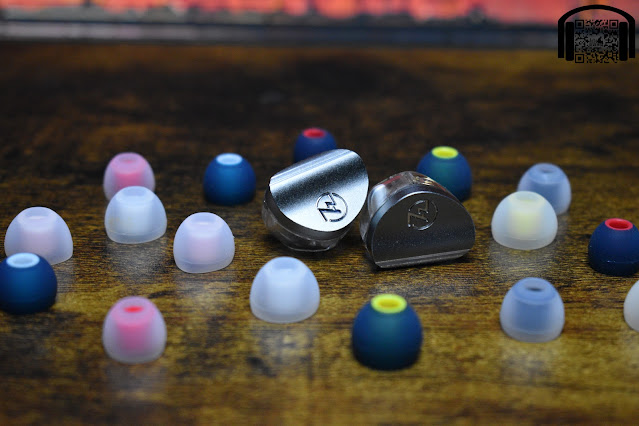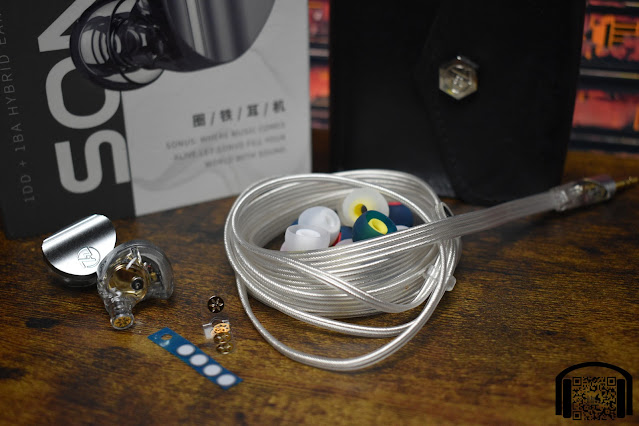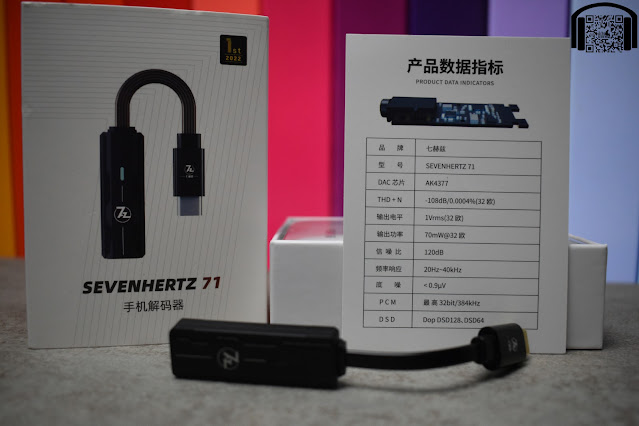Truthear x Crinacle ZERO :Red
TLDR version on YouTube: TDLR - Truthear x Crinacle ZERO :Red
The Truthear x Crinacle ZERO: Red have been sent to me by Crinacle, or at least I think they have, I will explain more in just a second.
I have not received any specific requests or comments (as I just said, I am not even 100% sure who sent them to me) and I will do my usual best of being as sincere and unbiased as humanly possible.
A quick search shows that the Truthear x Crinacle ZERO: Red are available from Amazon but it seems that the main dealer for these IEMs is Shenzen Audio, therefore, I will leave a link to them via Shenzen Audio in the version of this review published on my blog.
As always, the link is non-affiliate, meaning that I do not receive anything in exchange for clicks of purchases made by following said link.
To avoid being repetetive in my reviews, you can find all the info about how I create the reviews, equipment used, how I receive the products and how to interpret my reviews by visiting: About my reviews
Intro…
As I just said, I think that Crinacle sent these IEMs due to the fact that I was with Crinacle in Munich High End a few weeks ago, when these were officially released, and got to try them (briefly). He asked if I was on the reviewer list for these IEMs and I said that I didn’t think I was. When I got back to my office about 10 days later, the IEMs were waiting for me, so I guess I was either already on the list or Crinacle added me.
Anyhow, on to the IEMs… The Truthear x Crinacle ZERO: Red was referred to as “Project Red” for quite some time and I saw many tweaks to the tuning published over the past months, showing that a lot of thought and work went into them. They are follow up to the orginal Truthear ZERO, which was also tuned by Crinacle, and I am just going to refer to them as the “Red” for the sake of brevity throughout this review.
I have tried a few of the Crinacle collabs over the past couple of years but the Truthear ZERO were not one of them. However, judging by the graph (yes, yes, never judge by the graph alone), I don’t think they would really match my tastes. In the case of the Red, the graph of the final tuning I had seen seemed to fit my preferences much better. I know there have been a lot of reviews released of the Red lately, adding to the hype that had already built up even before it had released, but I have actually managed to avoid reading or watching any of them.
Therefore, other than a brief listen at High End Munich, my only previous knowledge of the Red was the graphs posted by Crinacle on social media, and a few comments from people who visited CanJam New York (where a prerelease version was available).
Presentation…
The anime presence on IEMs that appear on my desk seemed to have died down lately but Crinacle is back and so is the anime ![]()
The box that the Red arrive in is actually quite discreet and elegant looking, but this is covered by a cardboard sleeve that makes the girl on the front the center of attention. To be honest, it is not something that bothers me on the packaging and, other than a cardboard anime stand type thingy (I can’t think of a better description) included in the box, everything else is more “universal” in its appearance.
Other than the above, inside the box we get the IEMs, the 3.5mm unbalanced cable, 7 sets of tips (3 wide bore silicone, 3 small bore silicone and 1 set of foams), a storage/transport case which is a break from the normal included cases and a 10 Ohm adapter (which we will discuss more in a second).
In general, the packaging and contents are more than satisfactory for a set of IEMs that come in just under the 50€ mark, independent of the fact of anime being your preference or not.
Build and aesthetics…
The Red feature a dual dynamic driver configuration, with 10mm driver for bass and a 7.8mm driver for mids and treble, assembled inside a DLP-3D printed shell. This makes for a very lightweight set of IEMs with a generic triangular shape that, while not the most comfortable IEMs I have every tried, are still rather comfortable for long listening sessions without building up any fatigue from the weight.
The nozzles are rather long and also rather large. They are not as large as those found on something like the B2 Dusk but they are still large enough for me to have issues fitting a lot of my usual preferences for tips. However, as they include a selection of tips, I found that the smaller bored silicone tips (in medium size) worked well enough from me.
The faceplate is a dark red (who would have guessed it would be red?) and has a layered effect to it, mounted on a black semi translucent shell. Personally I don’t think they are the most beautiful IEMs in the world but they are pretty discreet (considering they are red) and look fairly good.
The included cable is nothing special but it does its job and I didn’t find any need to swap it out, which is always a positive.
Sound…
All tracks mentioned are clickable links that allow you to open the reference track in the streaming service of your choice (YouTube, Tidal, Qobuz, Spotify, etc.)
As I mentioned a moment ago (depending how fast you read), in the box we also get a 10 Ohm adapter. This is to increase impedance and with it, give the sound an extra bass boost.
Here is my usual graph showing the Red both with and without the adapter, along with my usual preference curve as reference:
You can see from the graph that the adapter does make a difference and, while it may not look like a huge amount on paper, it is certainly noticeable to the ear. Anyone who has followed my reviews over the years will know that I am not one for overly present bass, especially when it is overly present midbass, but I do find that with the boost, the bass is still quite enjoyable as it maintains the bass shelf that Crinacle favours (and I am a fan of), without interfering in the midbass hardly at all.
Saying that, you may already have guessed by the graph that I prefer it without the adapter, being my choice for this review. So, my comments on the Red are without the additional bass but if you would like to know my opinions on it with the bass boost, just add 4dB to the subbass shelf ![]()
You may have also already noticed, by looking at the graph, that the tuning of these IEMs is a great match for my personal preferences. Now, just because something matches my tuning preferences quite closely (on paper) doesn’t mean that I will actually enjoy it. There have been sets that were even closer to my curve than the Red that I didn’t really enjoy. Usually this is due to performance issues. In the case of the Red, with this being a spoiler for the review, I do enjoy it quite a bit as the performance is very good for a set of IEMs coming in at this price point.
Anyway, let’s get on with the review and stop the rambling, as this is already long enough and I haven’t even spoken about the sound yet!
Starting off, as always, with the subbass and my usual “Chameleon” test track, the Red holds up very well to the abusive workout that is this track. Due to the tuning of the lowest ranges and the good performance of the 10mm driver, the Red manages to stay clean and defined even when this test track is trying to push it to its limits.
Is it the best subbass I have ever heard? No, but it is certainly a very good performer and I would say it is maybe the best, or one of the best, that I have heard in the budget range, maybe even from sets costing multiple times more.
Moving into the midbass, this is where I am a fan of Crinacles tuning. Actually, when I first heard the Red in Munich, my first impression was that it has more midbass than other Crin collabs that I have tried in the past. I mentioned this to him and he said that it only seems like it. Now that I have got to spend more time with them, I have to agree with him, the midbass is just as balanced as it usually is on his tunings.
The drop from the subbass to the midbass makes things sound a lot clearer and yet still keeps enough midbass presence for instruments to sound natural in their timbre. Testing “Crazy”, the reverb at the low end of the guitar is just exactly where I like it to be, an effect in the background and not a dominating sound.
While some might feel that the midbass is lacking a little, and maybe it could be the case with some older rock recordings such as “Whole Lotta Love” where the bass benefits from a little extra in the midbass region, I am more than happy with bass guitars, both acoustic and electric, on more modern recordings such as “Back It Up” by Caro Emerald or “Elephants on Ice Skates”, where the bass has plenty of thump to it in the low end, without ever distracting from the higher notes.
In the mid range, the clarity continues, with the bass keeping out of the way. The detail in the mid range is pretty darn good for a set of 50€ IEMs, with vocals and instruments being clearly defined. In the case of acapella recordings, such as “Strange Fruit”, the vocal layers are easily identified and distinguished, without giving the sensation that they are “detached” from each other.
Moving towards the upper mids, there is enough presence to bring voices and other lead instruments forward into the spotlight but without becoming harsh or overly up front. With “Make Some Noise”, a track that I use to see how vocals that have very little presence in the mix perform, I would say that Busta Rhymes voice is just where I would expect it to be on a neutral system. That means that he is placed behind the music, poorly mixed and struggling to break through, which is why I like to use this track as a test for this.
Into the upper ranges, things are still decent, without any sensation that the upper ranges drop off a cliff, giving a fairly good sensation of air and openness. I would say that the treble is the least impressive of the whole set, yet it is still very very good for the price that these IEMs come in at.
Sibilance is around what I would expect for a neutral set of IEMs, with Patricia Barber (on my totally unscientific scale of -12 to +12) coming in at around a 0 or -1 in “Code Cool”. Paul Simon backs up this theory, with “Diamonds on the Soles on her Shoes” still exhibiting a trace of sibilance but being quite listenable.
Soundstage is above average also, with good image placement. The intro of “All Your Love Turned to Passion” shows nice separation between the strikes on the body of the guitar and and the echoes of these, lending to a nice open space for them to fade away into. Ok, these are not open back headphones but, again, they are above the usual average of IEMs.
Conclusion…
I think I have made it clear that the Red are a very good set of IEMs for 50€ and I don’t think I have any doubts about placing them at the top of my recommendation list in the budget category. No, they are not the best IEMs I have ever heard but they are far better than they have any right to be at this price point.
As I have said many times, and shown in the graph above, I am a fan of the tuning that Crinacle has opted for with these IEMs, which, paired with good performance, could only end in positive comments from me. But what about those who like more bass than I do (which, to be honest, is probably the majority)? Well… just plug in the bass boost adapter and enjoy the same performance with some extra rumble in the low end.
I am sure there are going to be plenty of people who don’t end up liking these, as I said, I haven’t read or watched any of the reviews yet, but I am certainly not one of them.
If you want to know what my preferences are in IEMs, then the Truthear x Crinacle ZERO :Red gives you the answer for less than 50€.
As always, this review is also available in Spanish both on my blog (www.achoreviews.com) and on YouTube (Acho Reviews - YouTube)
All FR measurements of IEMs can be viewed and compared on achoreviews.squig.link
All isolation measurements of IEMs can be found on achoreviews.squig.link/isolation
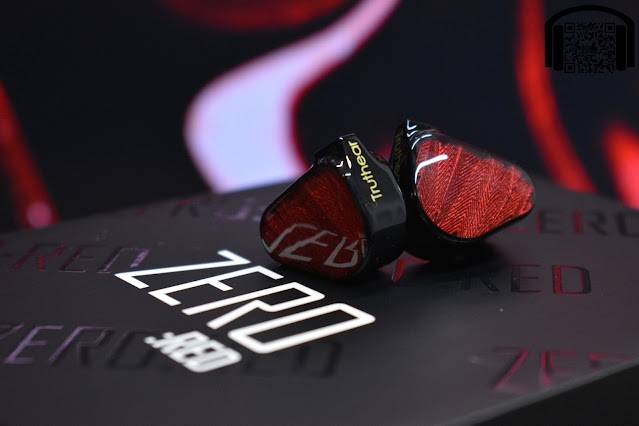

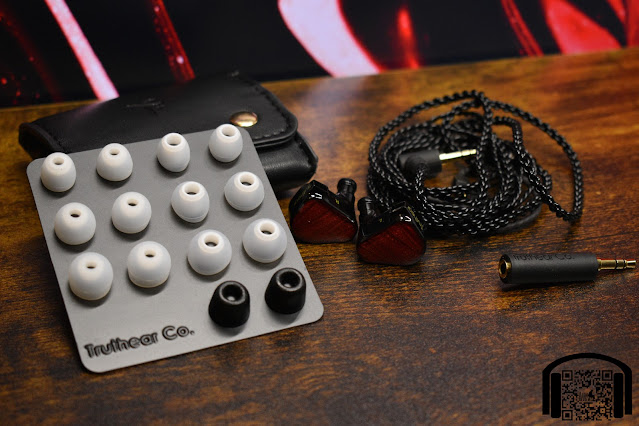


.png)
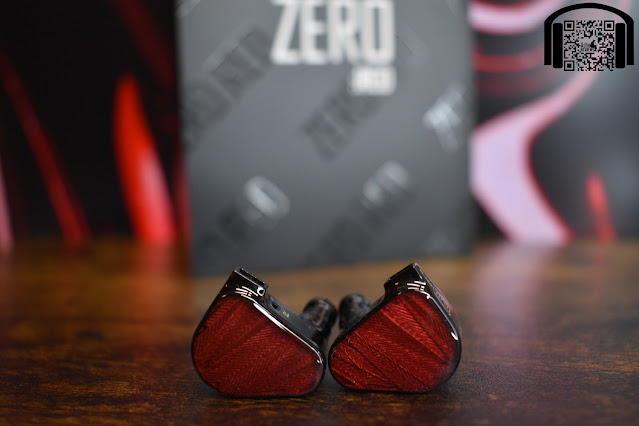
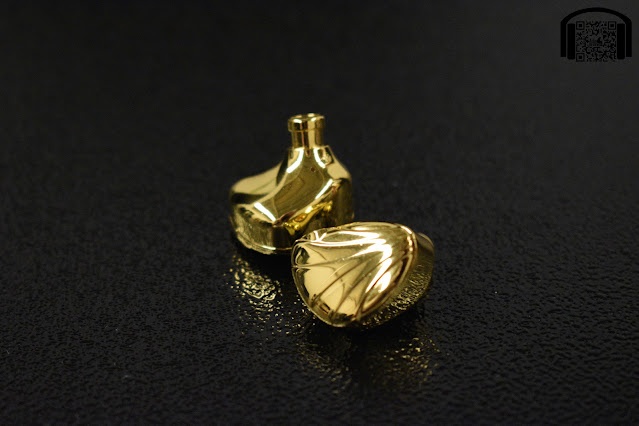
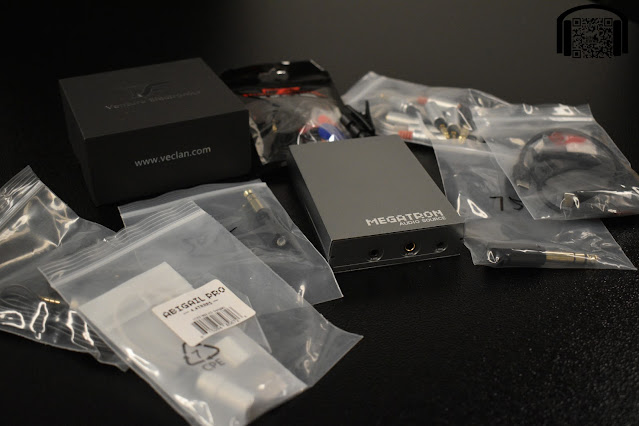
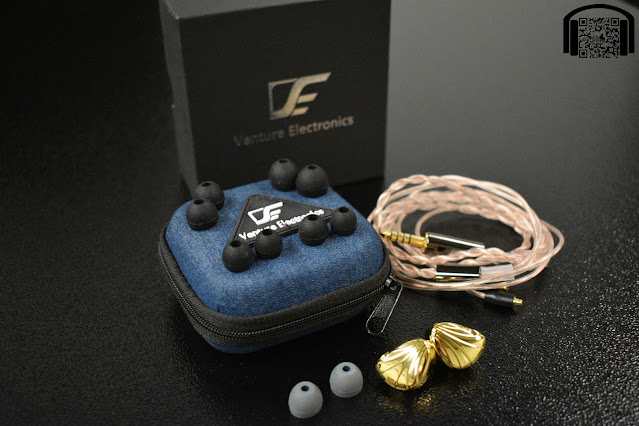
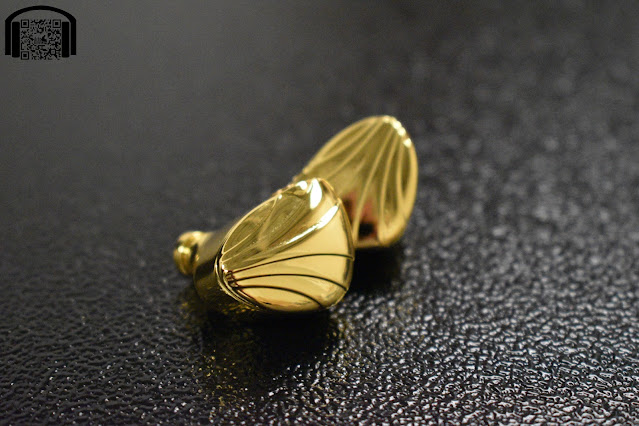
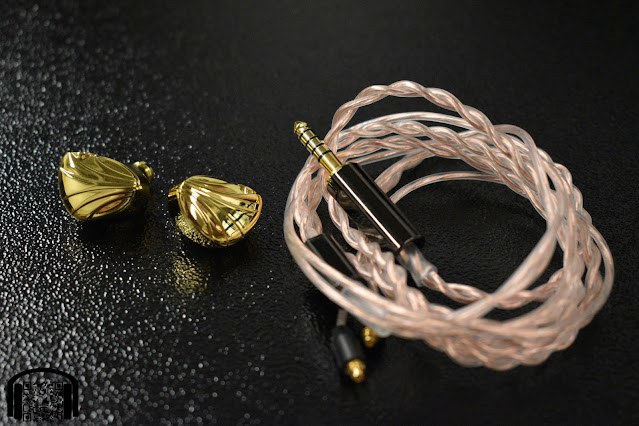
.png)
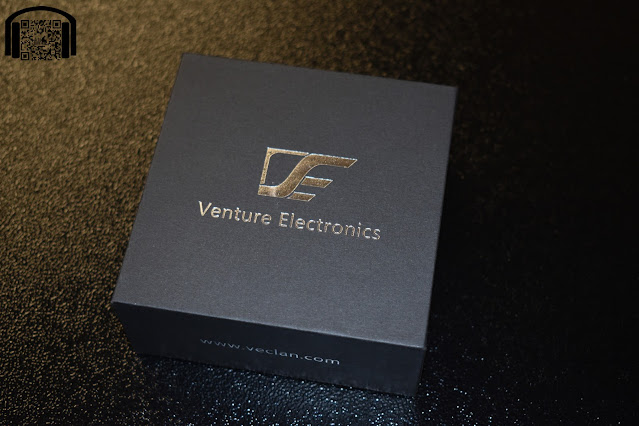





.png)






.png)
.png)
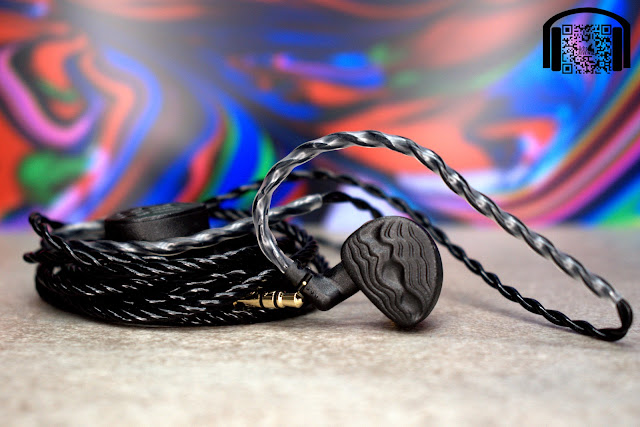


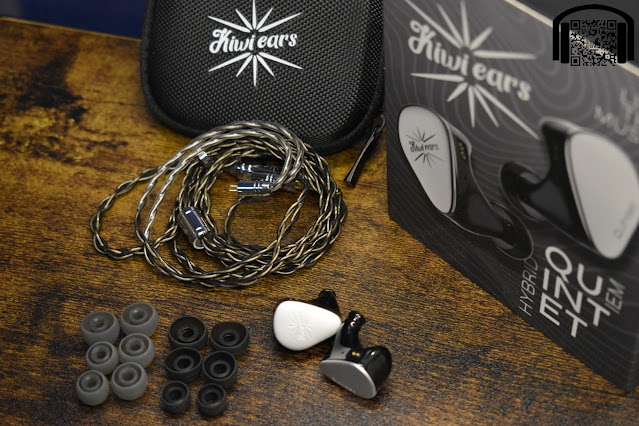
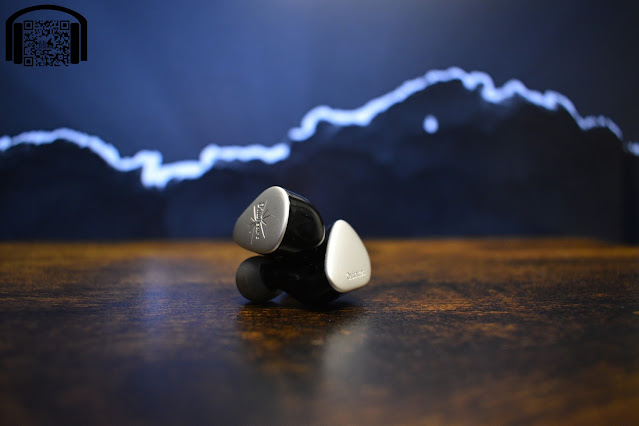


.png)
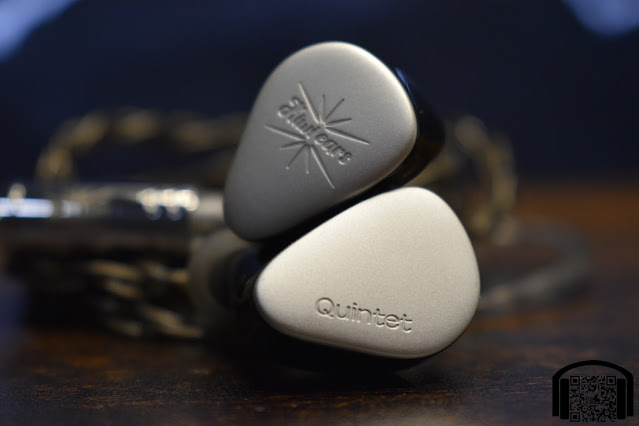

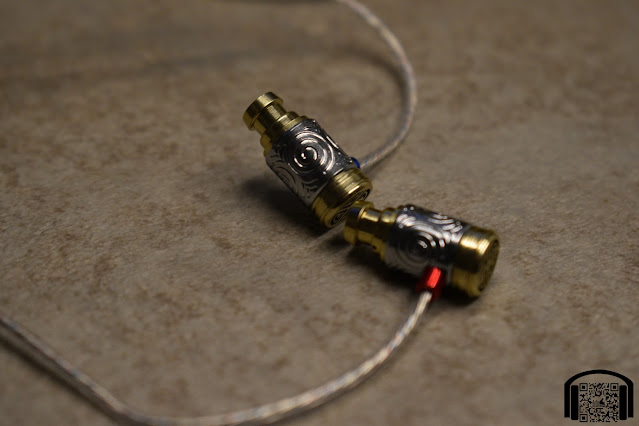
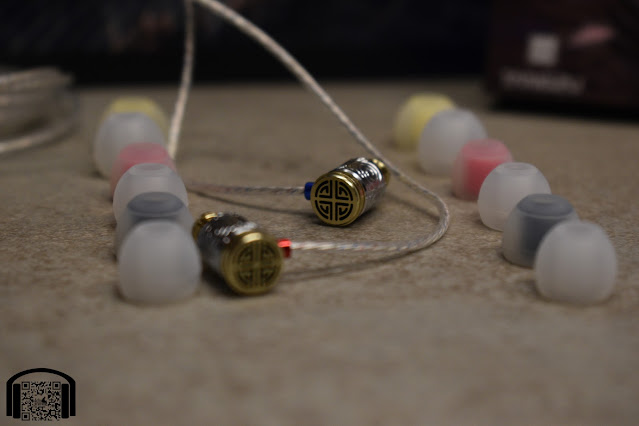

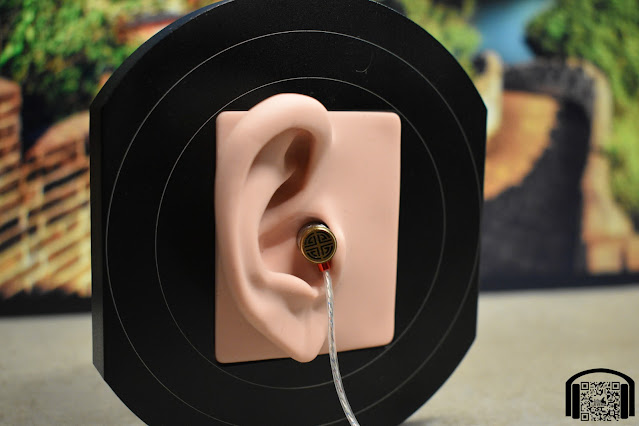


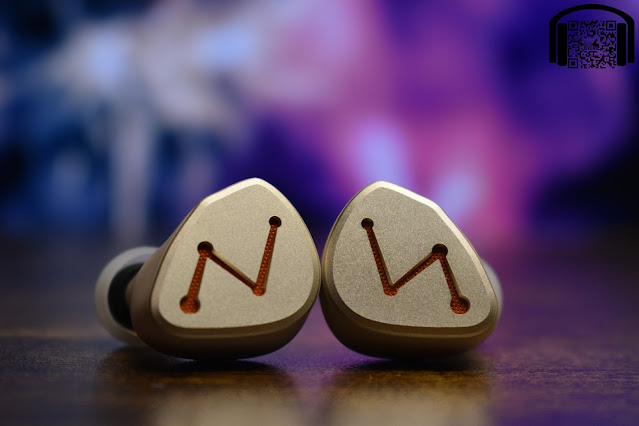
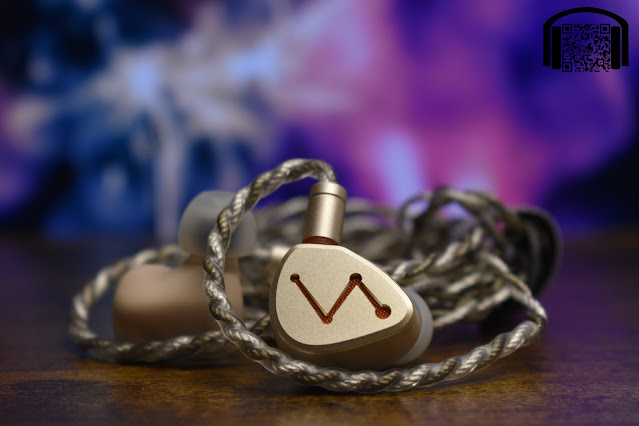




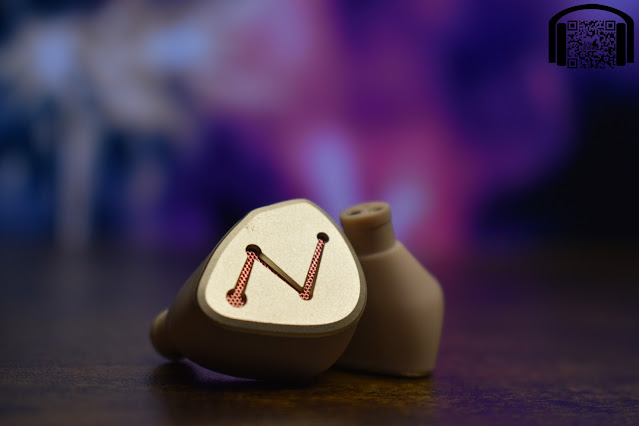



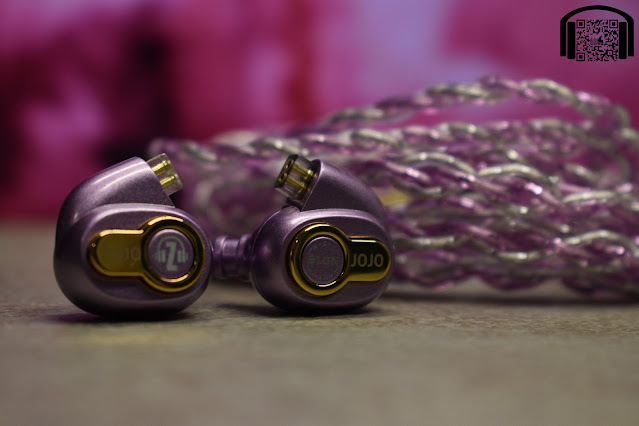


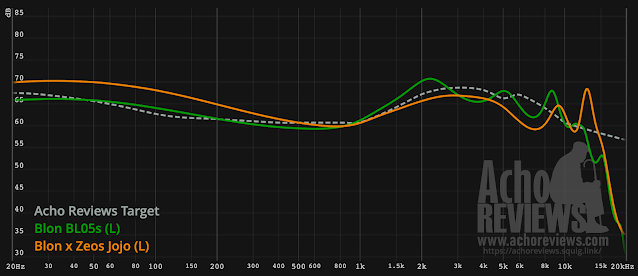
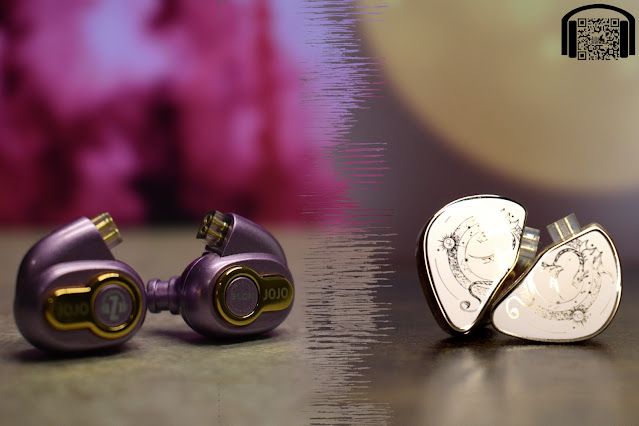
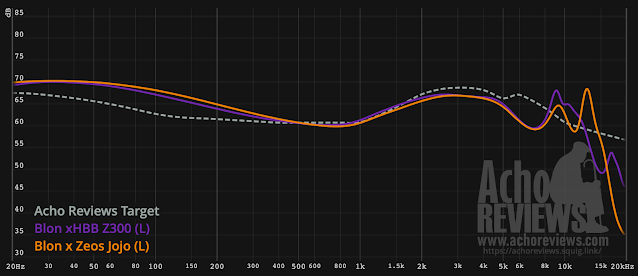


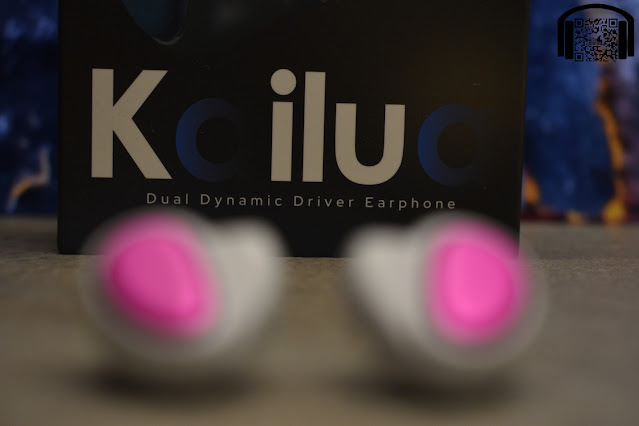

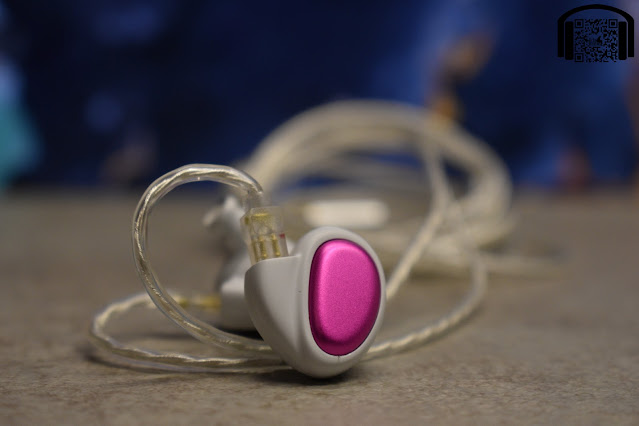



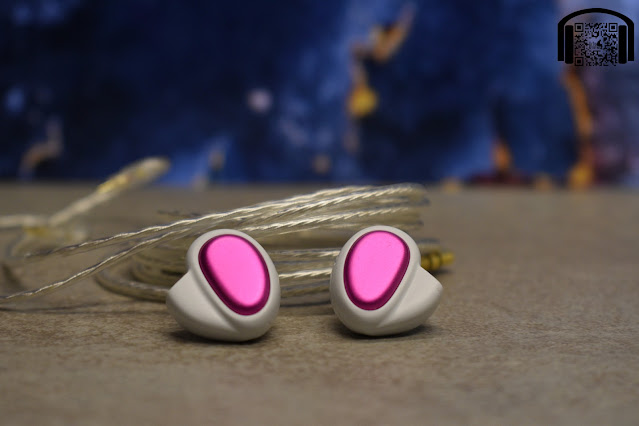



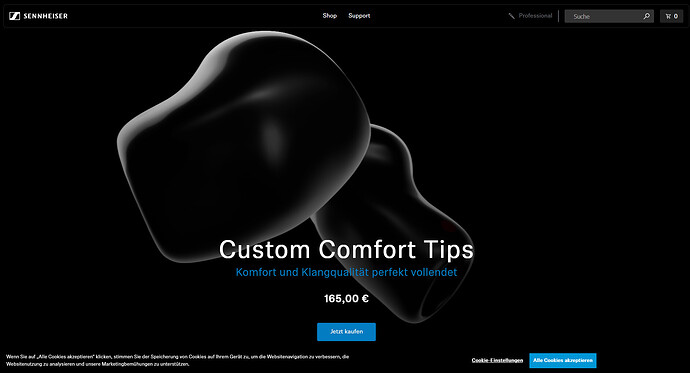
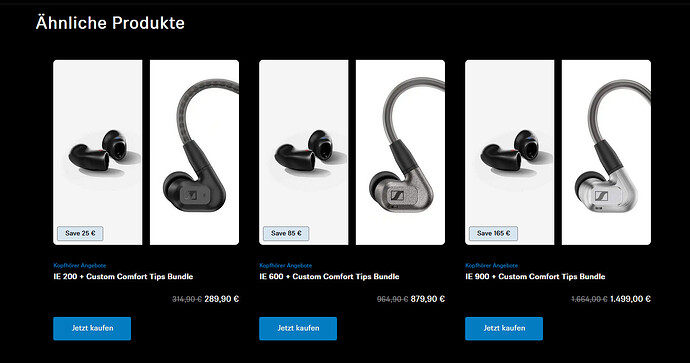
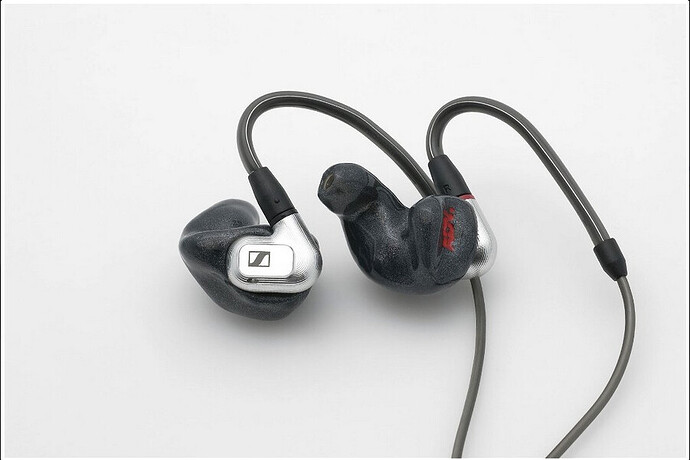
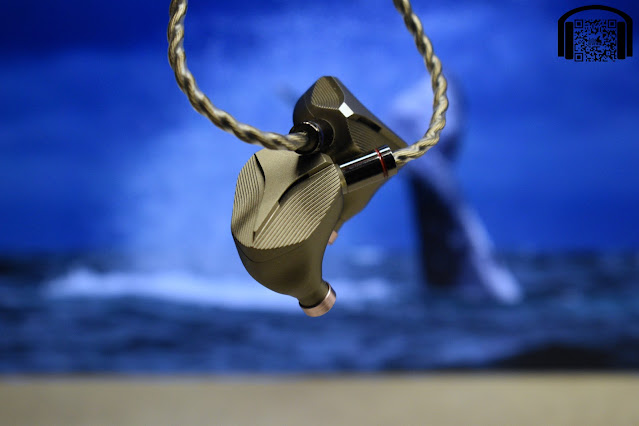
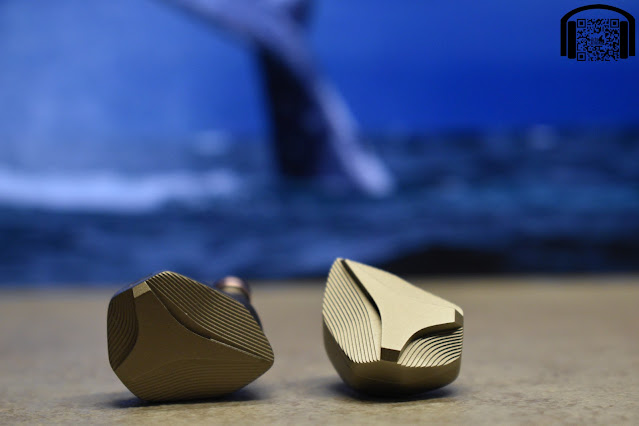
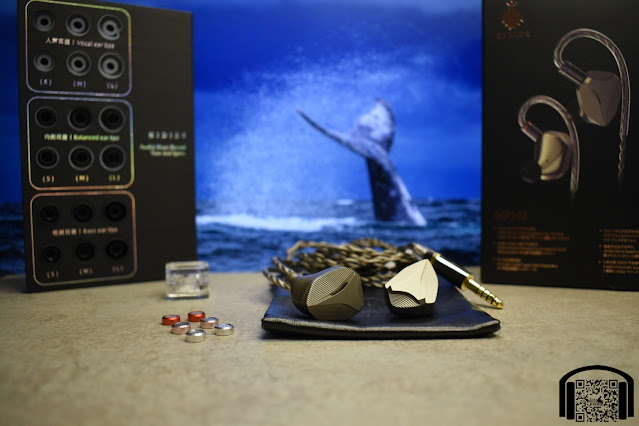




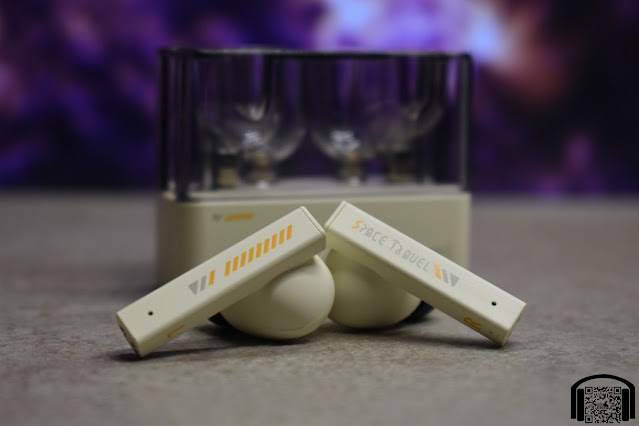
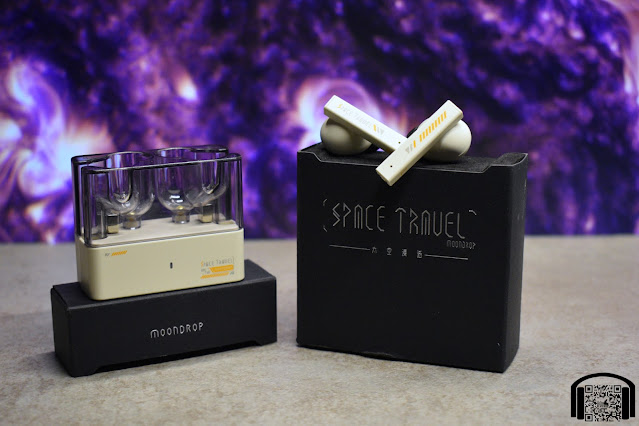






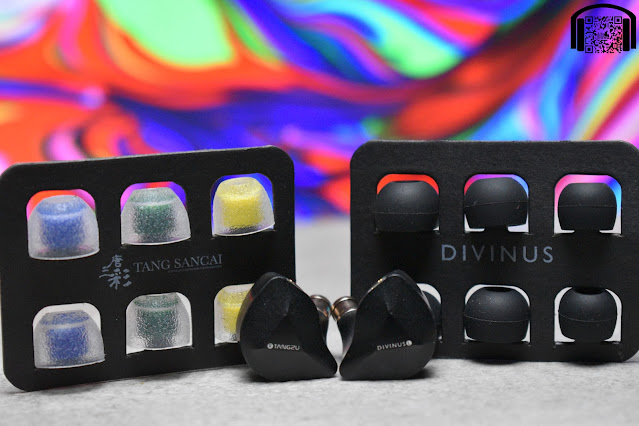
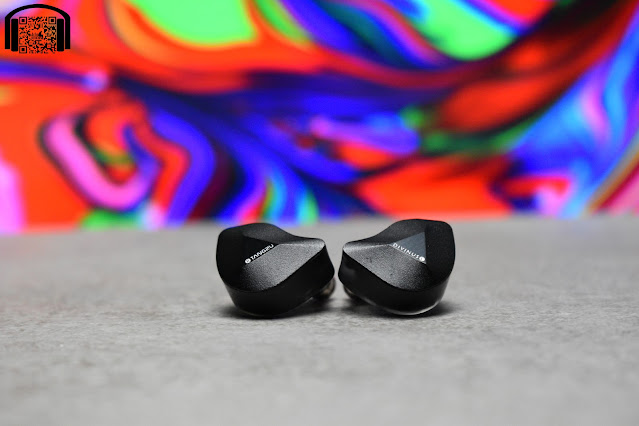

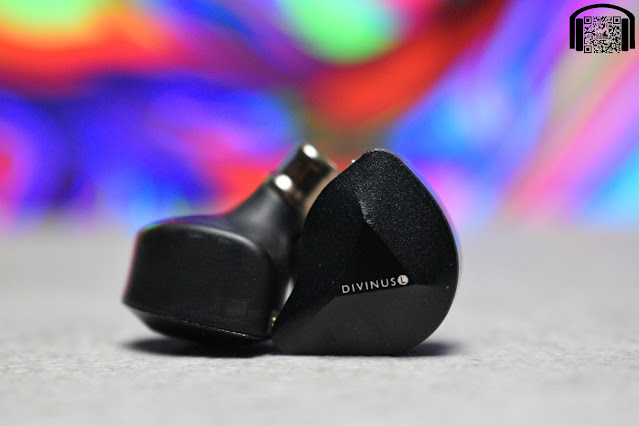





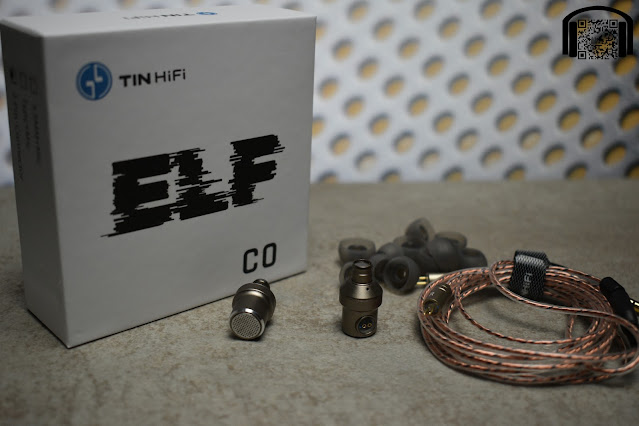

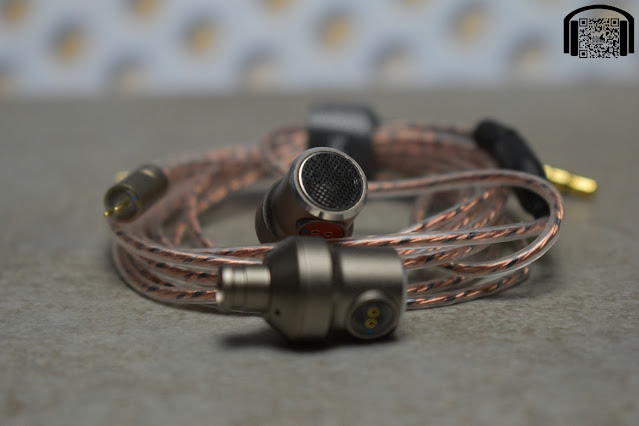

.png)


